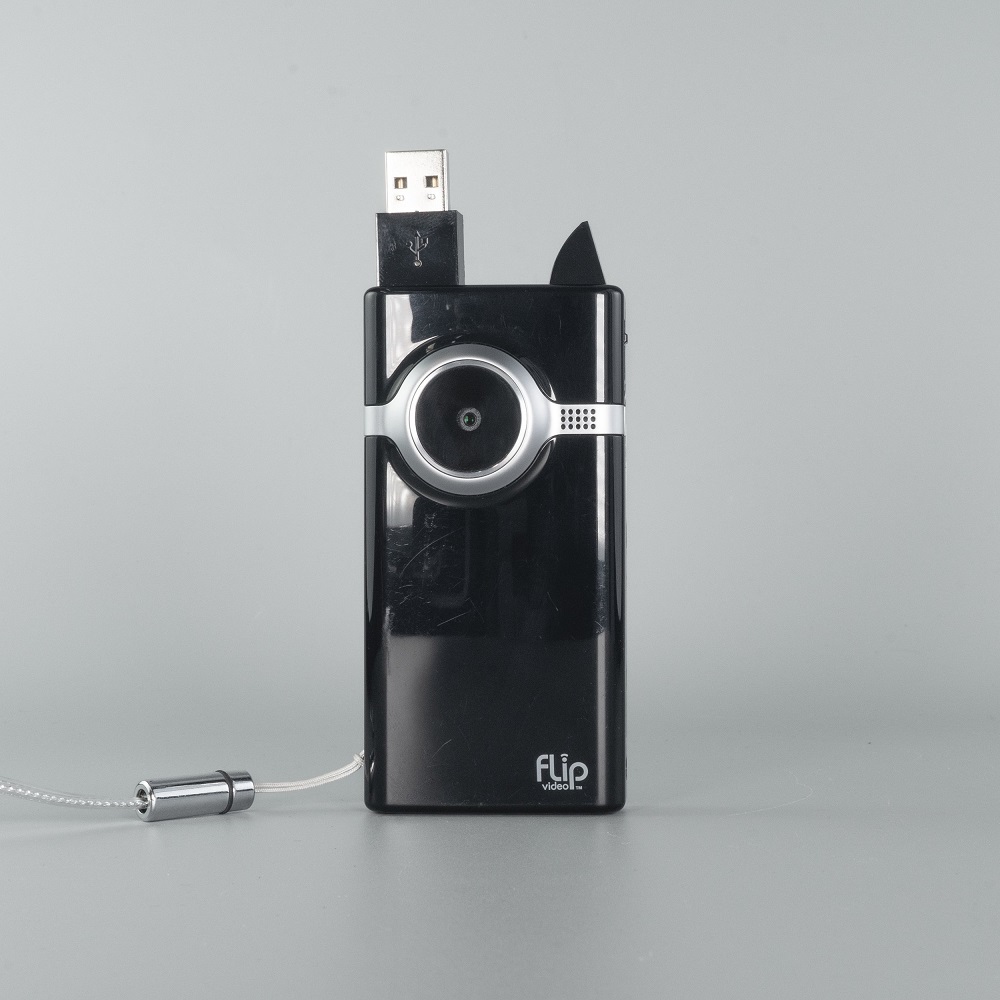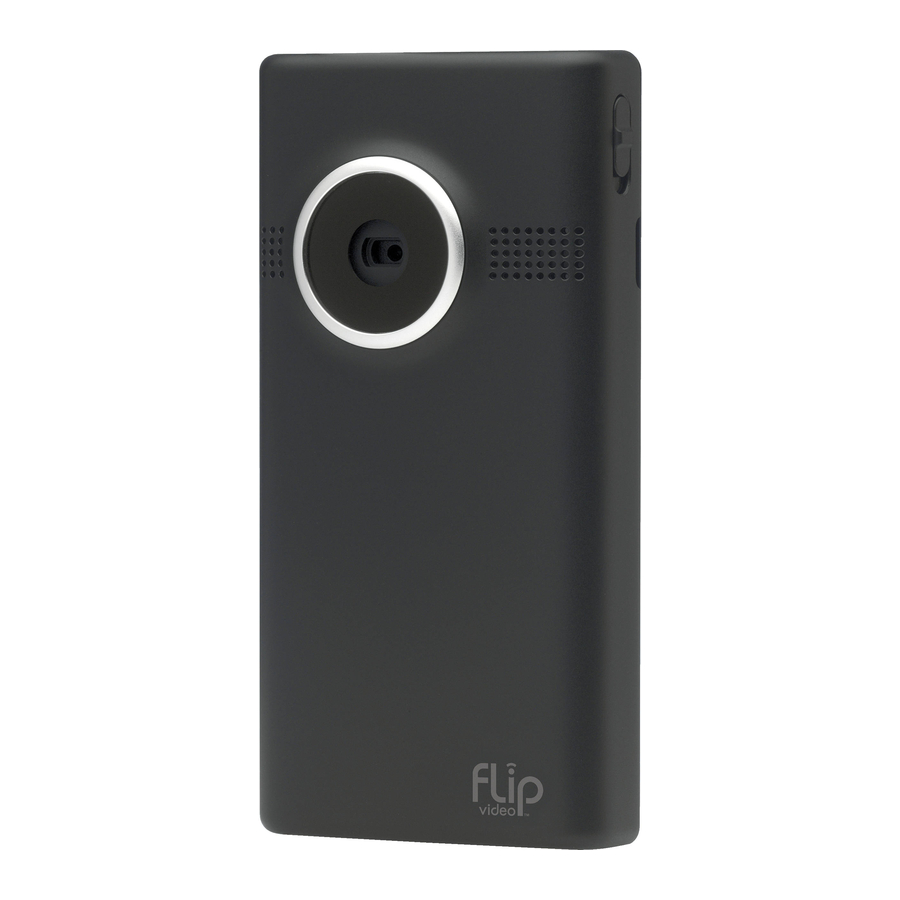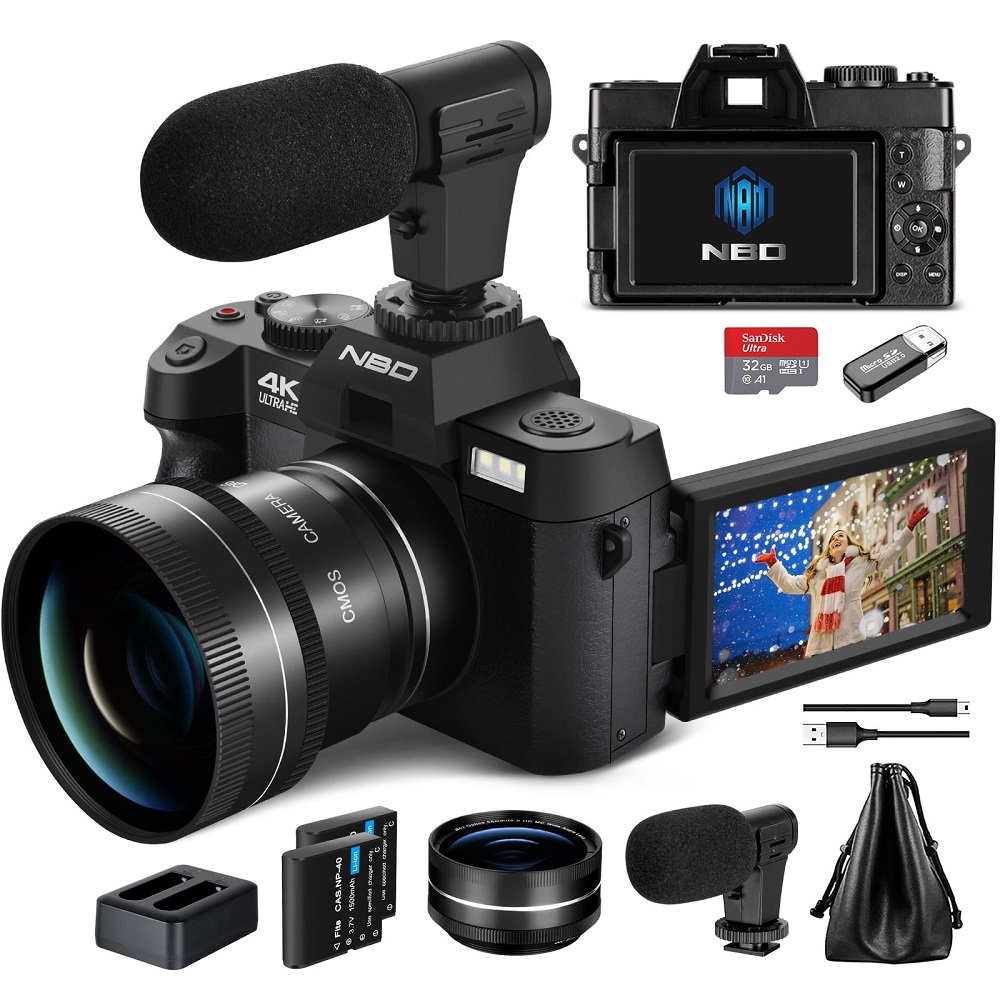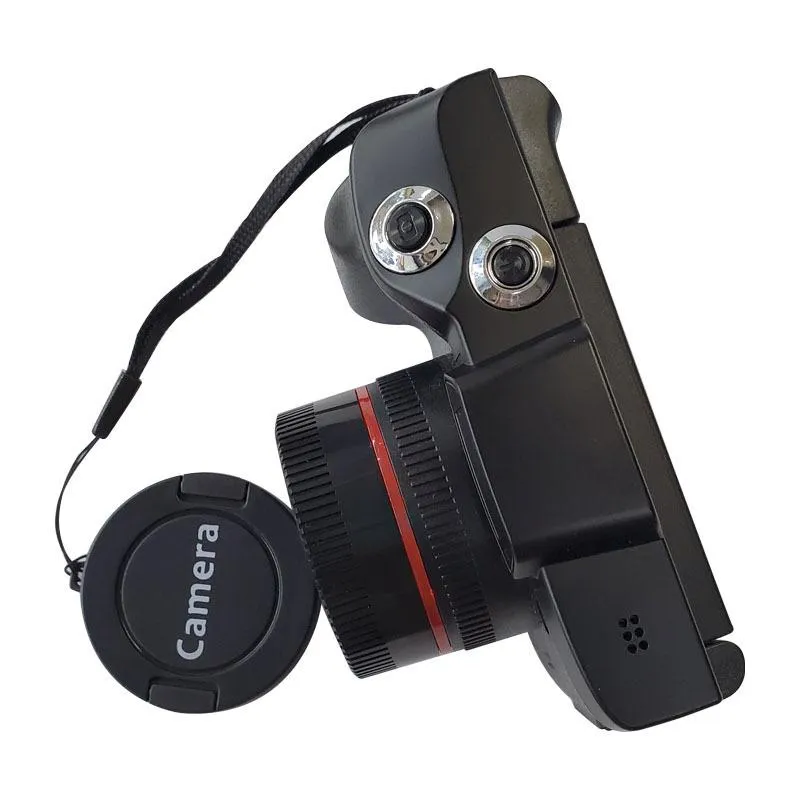The Flip camcorder revolutionized personal video recording when it hit the market in the mid-2000s. With its simple design, ease of use, and pocket-friendly size, the Flip quickly became a staple for amateur filmmakers and vloggers alike. However, just a few years after its meteoric rise to fame, the Flip camcorder saw a sharp decline, ultimately disappearing from the market. This article will explore the fascinating journey of the Flip camcorder, examining its appeal, the factors that led to its decline, and the lasting impact it has had on personal video recording technology.
The Birth of the Flip Camcorder
Innovation and Simplicity
The Flip camcorder, produced by Pure Digital Technologies, first appeared in 2004 and quickly changed the way people recorded videos. Jon Rubin, the co-founder of Pure Digital, aimed to create a camcorder that would simplify the recording process for everyday users. As a result, the Flip featured a compact design that allowed it to fit easily into a pocket, making it portable and convenient.
What set the Flip apart was its user-friendly interface. With minimal buttons and a straightforward design, users could easily record and playback videos without dealing with complicated settings or options. This simplicity appealed to a broad audience, from families capturing events to aspiring YouTubers wanting to document their lives.
Clever Marketing Strategies
Flip quickly gained popularity thanks to effective marketing strategies. The company positioned the camcorder as the ideal tool for social gatherings and family moments, creating a lifestyle brand around it. Advertisements focused on capturing genuine, candid moments without the hassle of traditional camcorders. The message resonated with consumers seeking an easy way to document their lives.
Moreover, the Flip camcorder was sold at major retail chains, increasing its visibility. The competitive pricing made it accessible, even to those who might not have considered investing in a camcorder before. The combination of innovative design and impactful marketing allowed Flip to dominate the personal video recording market in a short period.

Popularity and Cultural Impact
Embracing User-Generated Content
As social media platforms like YouTube gained traction, the Flip camcorder positioned itself as an essential tool for the “user-generated content” movement. Users began creating and sharing videos more than ever before, and the Flip became synonymous with this shift in media consumption. For many, it represented a way to engage in creative storytelling without requiring professional filmmaking knowledge.
Aspiring filmmakers, vloggers, and amateur creators flocked to the device for its affordability and ease of use. Many viral videos and popular content creators emerged during this time, often using Flip camcorders to document their lives and share their stories. The simplicity of the tool enabled a new generation of creators to explore their passion for video.
Key Features That Attracted Users
The Flip camcorder had several features that made it appealing. Its built-in USB connector allowed users to plug it directly into a computer, making it easy to upload and share videos with little hassle. The camcorder recorded in 720p high definition, offering better resolution than many smartphones of the time.
Users loved the ability to record hours of footage, thanks to its internal memory. Models like the Flip Ultra and Flip Mino provided space to store multiple videos without the need for extra memory cards. This convenience played a key role in its popularity, as users appreciated the straightforward experience.
The Beginning of the Decline
Introduction of Smartphones
The rise of smartphones significantly contributed to the decline of the Flip camcorder. As smartphone cameras improved, they began to dominate the personal video recording landscape. The introduction of models with high-resolution capabilities made it hard for dedicated camcorders like the Flip to compete.
Phones offered convenience by consolidating multiple functions into a single device. People no longer needed to carry a separate camcorder since their smartphones could capture high-quality video and photos. As smartphone video recording capabilities became more robust, consumer interest in specialized devices like Flip began to wane.
Market Response and Changes in Strategy
In response to declining sales and market dynamics, Cisco Systems acquired Pure Digital Technologies in 2009 for $590 million. The acquisition aimed to leverage Cisco’s technology to further develop the Flip brand. However, the decisions made post-acquisition did not align with consumer preferences or the evolving market landscape.
Despite introducing newer models, the lack of necessary innovation rendered these updates ineffective. The Flip brand struggled to keep pace with the rapid advancements in smartphone technology. By 2011, Cisco announced it would cease production of the Flip camcorders, marking the end of an era for the once-popular device.

Factors Contributing to the Fall
Rapid Technological Changes
The technological landscape shifted dramatically during the lifespan of the Flip camcorder. As consumer preferences evolved, so did expectations regarding video quality and capabilities. The rapid development of smartphone technology meant that consumers began to prioritize multifunctionality over specific devices.
While Flip camcorders focused on straightforward design and community-driven features, users wanted more versatile options that offered expanded functionality. Many smartphones incorporated advanced editing tools and social media platforms, allowing users to create and share content instantly. This shift marked a significant transition, as consumers gravitated towards products that aligned with their modern, connected lifestyles.
Failure to Innovate
Flip’s inability to innovate beyond its original design further fueled its decline. Competitors began producing camcorders with improved features, including optical zoom, better stabilization, and enhanced audio capabilities. While the Flip focused on simplicity and ease of use, other brands pushed the envelope with increasingly sophisticated technology.
Additionally, Flip camcorders lacked capabilities that were becoming standard in smartphones, such as Wi-Fi connectivity and advanced editing options. This failure to adapt to consumer demands meant that the market quickly moved on from Flip, leaving the once-popular camcorder in the dust.
The Legacy of the Flip Camcorder
Inspiring Future Technology
Despite its downfall, the Flip camcorder has left a lasting impact on both personal video recording and the broader tech landscape. The device democratized video production, proving that anyone with a passion for storytelling could create and share their content. The rise of the user-generated content movement is largely attributed to innovations introduced by Flip.
Moreover, the legacy of the Flip can be seen in the design and functionality of modern camcorders and smartphones. Manufacturers continue to prioritize user-friendly features tailored for capturing and sharing moments on social media. The iconic flip screen design, ease of access, and straightforward controls have influenced the way technology has developed, paving the way for smarter consumer electronics.
Lessons Learned
The rise and fall of the Flip camcorder teach valuable lessons about innovation and adaptability in technology. Brands must stay attuned to consumer needs and the evolving market landscape. What works today may not suffice tomorrow, and companies should remain flexible, adopting strategies that meet changing consumer desires.
Moreover, maintaining a focus on robust features while enhancing connectivity is vital for success in a competitive environment. The Flip camcorder’s rapid decline highlights the importance of innovation and understanding how technology must adapt to serve an increasingly interconnected audience.

Enduring Influence on Content Creation
Shaping the Vlog and YouTube Culture
The Flip camcorder played a pivotal role in initiating the vlog culture that thrives today. Influencers and content creators built their platforms on the ease of sharing personal experiences with their audiences, often using Flip camcorders to record their high-quality videos. This led to a rise in the popularity of video blogs, creating opportunities for individuals to express themselves creatively.
As platforms such as YouTube gained prominence, many channels thrived on the content captured with Flip camcorders. This trend encouraged a sense of community among creators, where ordinary users became influential figures simply through their ability to share their lives. Although the Flip camcorder may no longer exist, its legacy lives on through the viral content that still captures audiences today.
Inspiring Future Content Creation Tools
The Flip camcorder’s simplicity and ease of use laid the groundwork for today’s content creation tools. Many smartphones and action cameras draw inspiration from Flip’s straightforward design, aiming to make video capture accessible to everyone. With increasing focus on mobile devices, brands recognize the need to cater to user preferences for spontaneity and convenience.
Additionally, consumer interest in user-generated content continues to rise. The growing demand for authentic documentation of experiences has resulted in tools designed specifically for that purpose. The industry now creates apps that empower users to shoot, edit, and share videos instantly, echoing the ease that the Flip camcorder once offered.
Reflecting on the Flip Camcorder’s Journey
The rise and fall of the Flip camcorder showcases the dynamic nature of technology and consumer preferences. The innovative approach and user-friendly design propelled Flip to the forefront of personal video recording, proving the demand for simplicity in capturing memories. However, the rapid evolution of smartphones and a failure to adapt led to its decline.
Despite its disappearance, the Flip camcorder’s legacy remains influential, inspiring future generations of content creators. It reshaped video documenting, encouraging ordinary people to embrace storytelling through visual media. Valuable lessons emerge from Flip’s journey, emphasizing the need for innovation and a keen understanding of market trends.
As we look back, the impact of the Flip camcorder can still be felt in the devices and platforms that have developed since. The overwhelming success of video sharing on social media and the content creator culture demonstrate how this once-revolutionary instrument paved the way for countless possibilities in the world of personal video creation.
